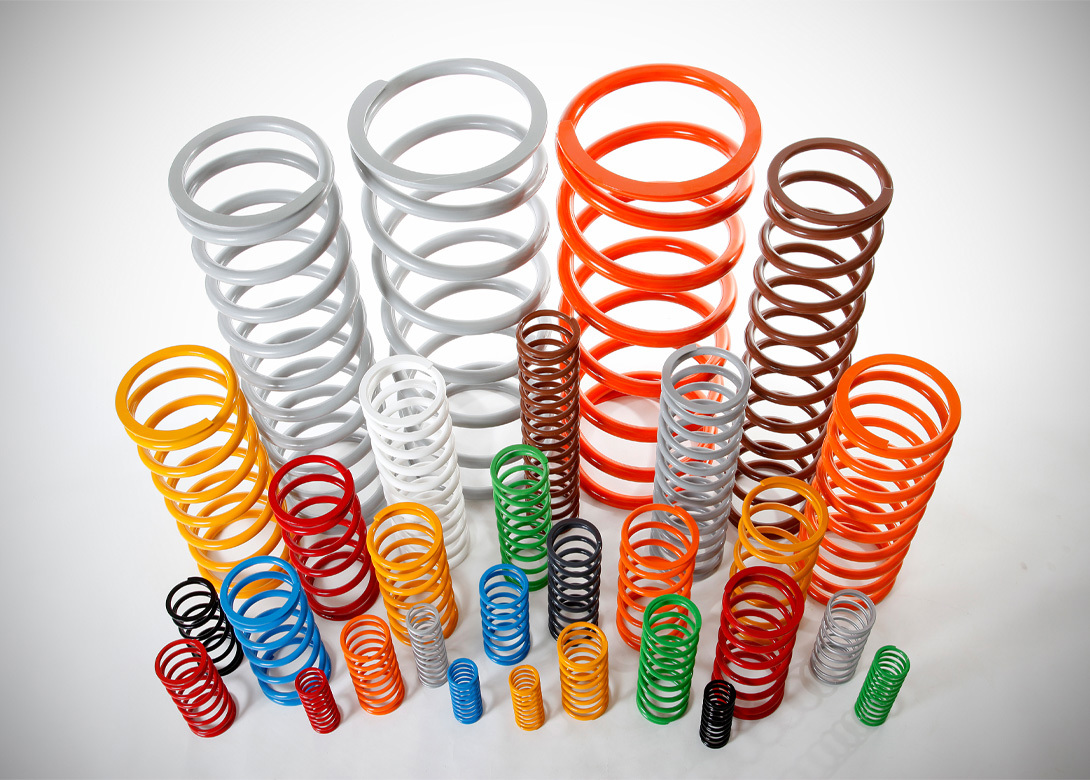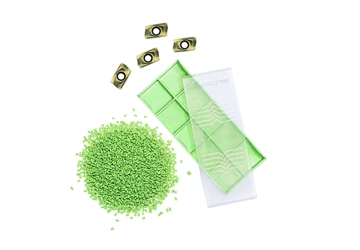

There are many factors to consider when choosing spring material and finish. With so many materials, finishes, and surface treatments, European Springs & Pressings offers this guide to help end users explore the best options of various applications.
One of the first decisions which needs to be made is the spring’s material, as each material offers different qualities. For this, there are various options:
- Low-alloy steel: These ferrous metals have various specific factors that make them suitable for certain spring types. On such feature is hot compressive strength, making them last longer under axial stress, which is crucial for springs.
- Cold-drawn wire: Products made from cold-formed steel parts have great tensile strength and tolerance to stress and temperature.
- Oil-tempered spring wire: Widely used in the automotive industry, these wire types are often used to manufacture suspension springs and can be ideal for products that use suspension to function.
- Stainless steel: This material provides extensive benefits, including its ability to withstand hot temperatures and protect against oxidation, making it ideal for spring manufacturing.
All about zinc
Zinc can provide a desirable finish. It is a material often used thanks to its sought-after mechanical properties, such as high tensile strength, good elasticity, and corrosion resistance. As a result, it is a favourable material for various industry sectors, such as automotive, construction, and electronics.
Zinc is also often used as a coating and can be applied through various methods, such as electroplating. In addition, it is commonly used to protect the product from corrosion and improve its appearance, making it an ideal spring material and finish.
Surface treatment
There are also plenty of options for spring surface treatment to ensure the spring is perfect for its intended use:
- Plating: Plating is a process in which a thin layer of metal is deposited onto the surface of a spring to improve its properties, such as the appearance and both corrosion and wear resistance. Plating involves immersing the spring in an electrolytic solution containing the metal ions that will form the coating. An electric current is then passed through the solution, causing the metal ions to be attracted to and deposited onto the spring's surface. Common metals used for plating springs include zinc, nickel, chrome, gold, and silver.
- Heat Treatment: Heat treatment is a process used to improve the mechanical properties of the spring, such as its strength and toughness. This involves subjecting the spring to a specific temperature for a certain period and then cooling it down in a controlled manner. The process can be divided into three stages: heating, soaking, and cooling. The spring is heated to a specific temperature using a furnace or other heating equipment during heating. The soaking step involves holding the spring at the target temperature for a set time to allow the material to undergo a structural change. Finally, the cooling stage consists in cooling the spring down in a controlled manner to prevent warping or cracking.
- Barrelling: Barrelling is used to improve the surface finish of the spring by removing burrs, sharp edges, and other surface imperfections, which requires placing the springs in a rotating barrel with abrasive media and chemicals. This process smooths the surface. Not only does this make the springs more aesthetically pleasing, but it can improve their functionality, too.
Ultimately, when selecting a spring material and finish, there are many design considerations to keep in mind, such as stress levels, temperature range, and corrosion resistance. The maintenance involved in the chosen material and finish should also be considered.

Becca is the latest member to join our team and is eager to get stuck into the world of fasteners. She brings an enthusiastic and fresh outlook on what we do editorially and will be leading our social media activity – including sourcing material, editing articles and posting online.





